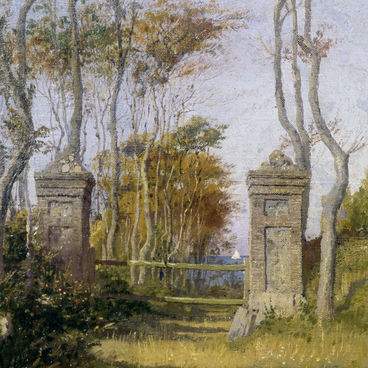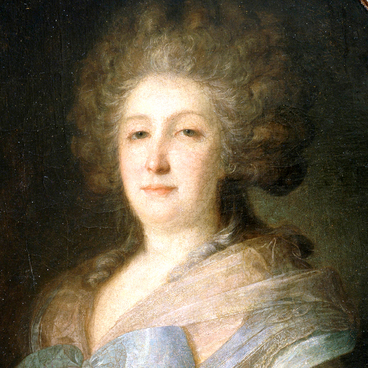The exhibition displays a rare sample of the late 17th-century portraiture. It is a portrait of Athanasios, Archbishop of Kholmogory and Vaga. Athanasios was elected to rule the Kholmogory Diocese, but he played an important role not only in Church affairs. The archbishop was a well-known political figure of Peter the Great’s times. An intelligent and well-educated man, Athanasios had outstanding administrative skills and was Peter’s right-hand man in Russia’s northern regions.
During a war with Sweden, Peter the Great authorized Athanasios to observe defense provisions in Arkhangelsk. The archbishop authored the manuscript A Description of the Three Routes from the Power of His Tsar’s Majesty and from White Sea Countries to the Swedish Land and to Their Capital City; it was compiled at the tsar’s instruction during preparations for the Northern War. Athanasios also performed diplomatic functions; in particular, he held talks with Dutch merchants.
For his own times, Athanasios was an extraordinarily educated person. He collected a large library of manuscripts and printed books, including works on history, geography and medicine. Construction of a few churches in the Russian North is associated with his name.
The archbishop was well aware of his own importance and significance. He came to Moscow multiple times, where he took part in affairs that concerned the entire Church. During one of his visits to Moscow, Athanasios, despite many things that required his attention, found time and an opportunity to sit for a portrait.
The exhibited picture is a sample of so-called parsuna painting. Parsuna (from the corrupted Latin word “persona”) is a term that denotes first portraits in Rus; they largely merged traditions of icon painting and of the European secular portrait. The author was anxious to convey Athanasios’ appearance with authenticity: The master depicted his unhealthily tallow face, loose and flabby cheeks, heavy look from under swollen eyelids, and vertical lines at the bridge of the nose.
The archbishop’s figure gives an impression of being heavy-set and massive. The portrait is probably true to life: It is common knowledge that Athanasios had a heart disease during his last years. The unknown master skillfully rendered the panagia (i.e. pectoral icon) and the staff that Patriarch Joachim of Moscow gave to the archbishop as a present. The clothes are painted as a two-dimensional image, so characteristic of parsuna painting. Stepan Narykov, a bondsman of the Stroganoffs’ and a parsuna painter, could have been the author of this work.
During a war with Sweden, Peter the Great authorized Athanasios to observe defense provisions in Arkhangelsk. The archbishop authored the manuscript A Description of the Three Routes from the Power of His Tsar’s Majesty and from White Sea Countries to the Swedish Land and to Their Capital City; it was compiled at the tsar’s instruction during preparations for the Northern War. Athanasios also performed diplomatic functions; in particular, he held talks with Dutch merchants.
For his own times, Athanasios was an extraordinarily educated person. He collected a large library of manuscripts and printed books, including works on history, geography and medicine. Construction of a few churches in the Russian North is associated with his name.
The archbishop was well aware of his own importance and significance. He came to Moscow multiple times, where he took part in affairs that concerned the entire Church. During one of his visits to Moscow, Athanasios, despite many things that required his attention, found time and an opportunity to sit for a portrait.
The exhibited picture is a sample of so-called parsuna painting. Parsuna (from the corrupted Latin word “persona”) is a term that denotes first portraits in Rus; they largely merged traditions of icon painting and of the European secular portrait. The author was anxious to convey Athanasios’ appearance with authenticity: The master depicted his unhealthily tallow face, loose and flabby cheeks, heavy look from under swollen eyelids, and vertical lines at the bridge of the nose.
The archbishop’s figure gives an impression of being heavy-set and massive. The portrait is probably true to life: It is common knowledge that Athanasios had a heart disease during his last years. The unknown master skillfully rendered the panagia (i.e. pectoral icon) and the staff that Patriarch Joachim of Moscow gave to the archbishop as a present. The clothes are painted as a two-dimensional image, so characteristic of parsuna painting. Stepan Narykov, a bondsman of the Stroganoffs’ and a parsuna painter, could have been the author of this work.



